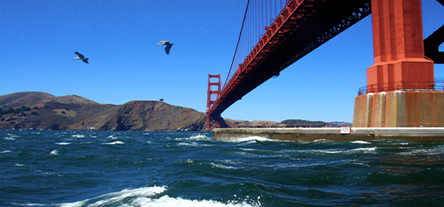
As nature documentaries go, My Octopus Teacher, is pretty singular. Filmmaker Craig Foster, stewing in mid-life disillusionment, is diving in a South African kelp forest when he encounters an octopus and decides to shadow her over a year and document her life every day. The octopus takes to Foster and adopts him as kind of a pet. But My Octopus Teacher is mostly worthwhile for the amazing resourcefulness of the octopus and the harrowing shark attacks.
I knew that octopuses are wizards at camouflage and at squeezing through tight spaces. I didn’t appreciate how intelligent they are and that they commonly live for only one year.
There are some sequences in My Octopus Teacher that are just astonishing. The underwater photography, especially the scenes just below the surf in the first fifteen minutes are among the best I’ve ever seen. The cinematographer is underwater specialist Roger Horrocks.
Foster himself narrates the film. The Movie Gourmet doesn’t cotton to the simpering of grown men, so I wish I had turned off the sound for the first fifteen minutes of his personal angst and the final ten minutes when he forges a blissful father-and-son shared interest in the ocean.
I do admire Foster for two things. First, he generally didn’t interfere with the course of nature (i.e., rescue the octopus from shark attacks). And he didn’t give her a human name. Good for him.
Off South Africa, the octopus’ major predator is the pajama shark, so named because of the stripes that resemble old-fashioned vertically-striped pajamas. Pajama sharks are especially well-equipped to attack in the narrow and deep crevices where octopuses hide out.
I can’t really blame the sharks because octopus is one of my favorite foods, too. It takes some mastery (which I haven’t as yet attained) to cook them so they’re not rubbery. So, I order octopus every time I see it on the menu (usually at Greek, Spanish, Mexican or Portuguese restaurants).
My Octopus Teacher is streaming on Netflix.

